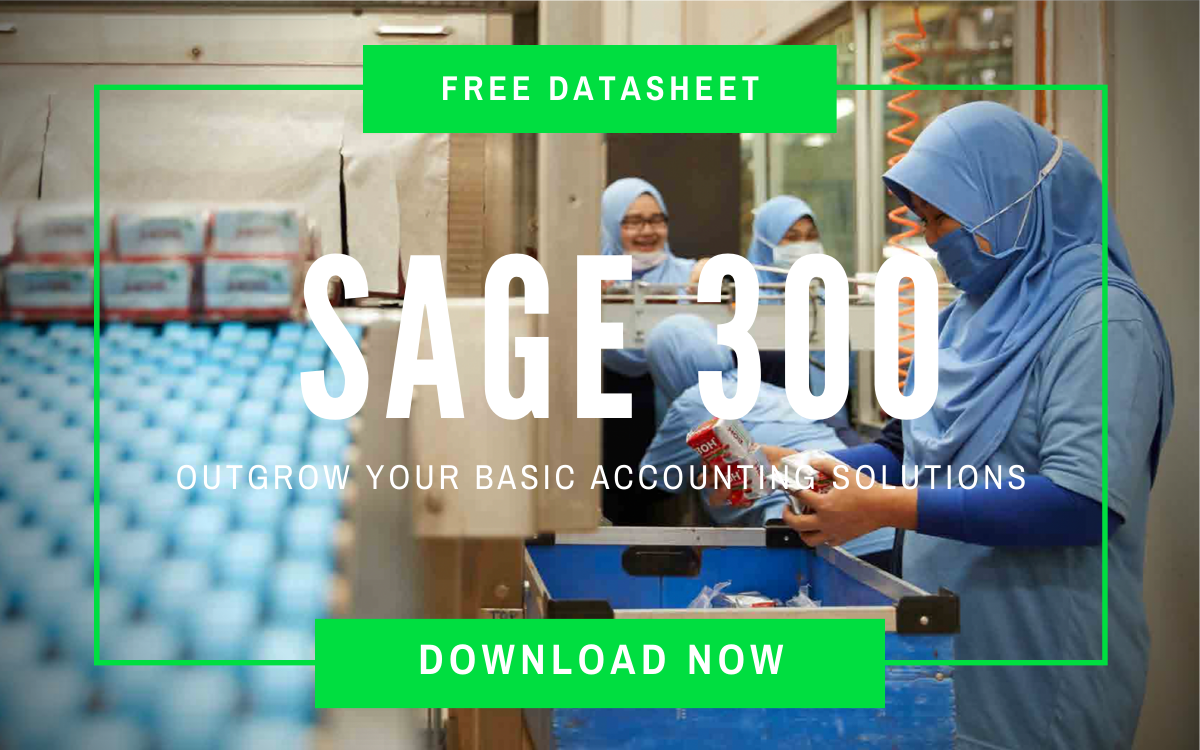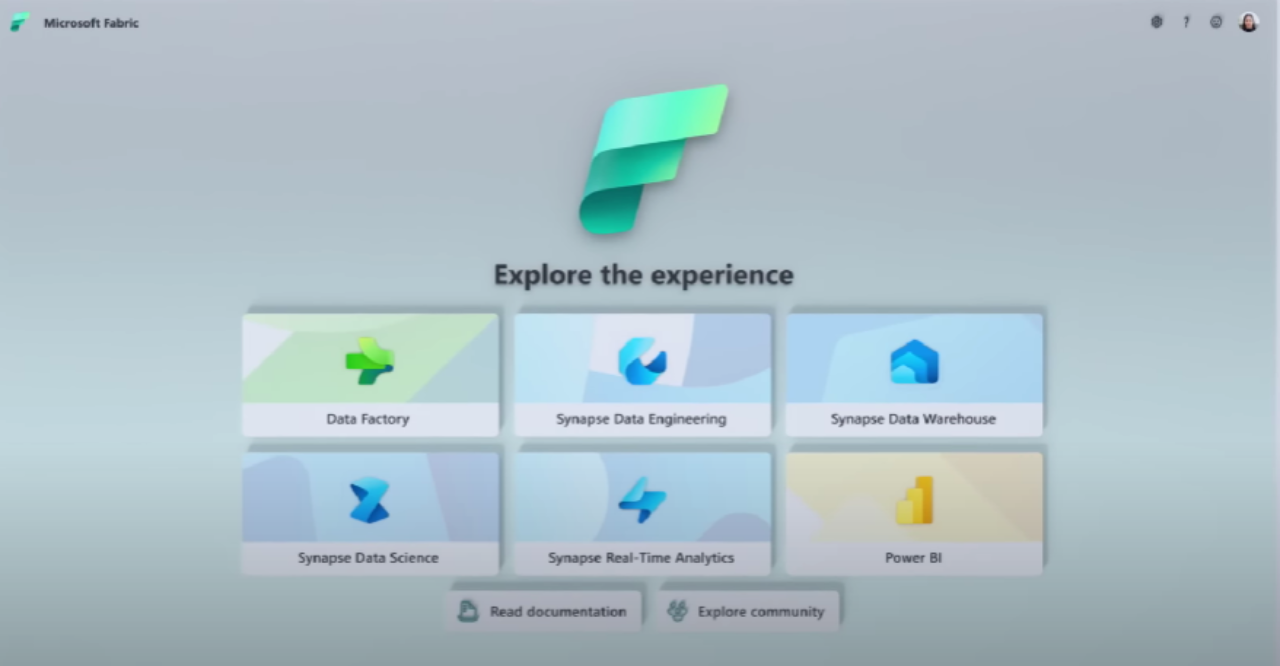Finance leaders like yourself play an instrumental role when it comes to introducing agility to your organisation, as the finance function affects every other part of the business itself.
But your current financial planning processes, based on financial models created from economic data from previous years on an annual basis, have most likely proved too inflexible for the rapidly changing economic conditions of today.
In fact, 75% of finance executives like yourself felt that their financial planning processes does not equip them to respond effectively to any sort of economic or geopolitical disruption, such as the possibility of a global recession happening in 2024.
Yet those who've successfully navigated the economic crisis wrought by that crisis have found that success lies in adopting three agile financial planning processes:
- Scenario planning
- Continuous planning
- Rolling forecasts
Together, these three processes comprise the agile approach to financial planning, which emphasises adaptability and teamwork in contrast to the rigid "waterfall" methodology that was the traditional approach.
Derived from the agile development movement that arose from the IT function, agile financial planning enables organisational ability in turn, which has long been known as the defining factor of high-performing businesses that respond well to crises.
1. Scenario Planning

To prepare for future crises that might result in business as usual being no longer possible, start making plans for the scenarios that your organisation might encounter.
For example, what if your organisation has to implement hybrid work arrangements for the foreseeable future? Or what if future trade wars cause another disruption in your organisation's supply chain?
To come up with all of the possible “what-if” questions like the above and provide answers for them, you’ll need to acquire and implement digital tools that can consolidate and present the relevant data you need to build these financial scenarios.
By applying the power of technology to the modelling of as many different scenarios as possible, you can prepare your confident to quickly adapt its strategy to any eventual outcome.
Here's A Guide To Some Of The Tools That Will Be Useful For A Finance Leader Like Yourself.
2. Continuous Planning
Carrying out financial planning on an annual or even quarterly basis is no longer enough for organisations that need to adapt to constantly-changing market conditions.
With the possibility of a recession looming over the horizon, it's even more imperative that your business be responsive enough to roll with the punches caused by the resulting economic uncertainty.
This calls for an active, continuous approach to financial planning, which – if properly implemented – results in faster planning cycles. In fact, businesses which adopt the continuous planning approach become 1.5 times more likely to be able to re-forecast within a single week.
By adopting a continuous planning approach to your financials, you’ll ensure that your budgets can always be quickly adjusted in response to any changes in the market or the organisation itself.
3. Rolling Forecasts

These are a strategic approach to financial forecasts, because they are guided by key business drivers. This makes them an important tool in agile financial planning.
Rolling forecasts also offer a way for your organisation to course-correct quickly in response to financial warning signs. It also provides a consistent horizon, which gives finance leaders like yourself the confidence to make critical business decisions.
What’s Stopping The Finance Function From Adopting Agile Planning?
Despite all the advantages that an agile approach to financial planning offers to an organisation, the finance function in many functions tend to face three common obstacles holding them back from doing so:
- A lack of relevant skills
- Siloed planning processes
- Inflexible legacy technologies
As a finance leader, you’ll need to upskill your team, eliminate the silos in your financial planning, and implement technology that provides full visibility into your business operations if you want to enable the adoption of an agile financial planning process.
Ultimately, you’ll want to build a finance function with the necessary skills and tools to take advantage of insights gleaned from machine learning (ML) algorithms, advanced analytics, and data visualization.
How ERP Software Can Enable Agile Financial Planning
Many businesses rely on basic accounting software which are designed to cater to an annual or quarterly financial planning software.
But as we’ve just covered, you’ll need a more robust solution that’ll enable you to make quick business decisions informed by changing variables, as a result of the economic uncertainty caused by the possibility of a recession on the horizon.
A modern ERP software is an ideal solution for enabling an agile approach to financial planning in your organisation, as it leverages automation to provide real-time visibility into your financial data through metrics and reports.
For example, Sage 300 comes with Business Intelligence that automates data collection and comparison to give you a quick overview of the key financial information in your organisation, as well as financial management features which helps you manage the efficiency and accuracy of said financial data.
With a powerful tool such as Sage 300, your finance function will be equipped to reduce the time spent preparing and auditing financial data, while enabling them to access accurate reports, identify trends in the market, carry out financial forecasting, and make informed business decisions more effectively and efficiently; all of which are necessary components in an agile approach to financial planning.
To find out what other benefits a modern ERP software like Sage 300 can offer your business, click the banner below to get the datasheet from Sage.




